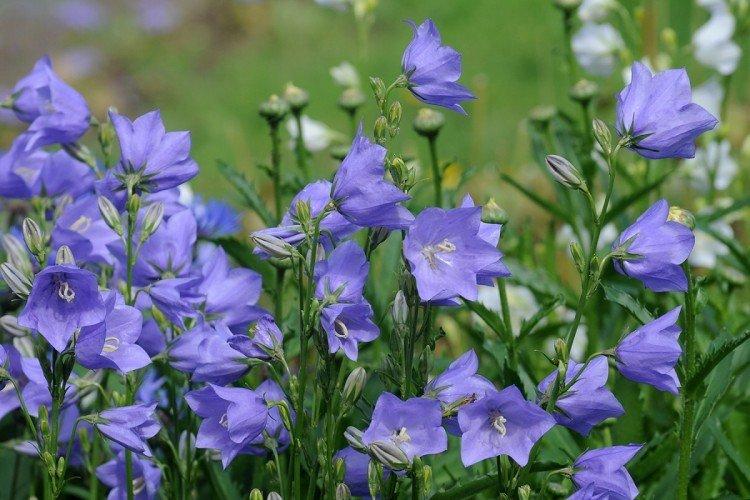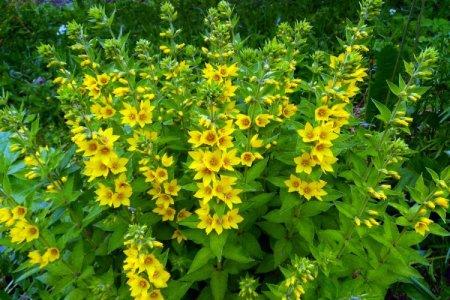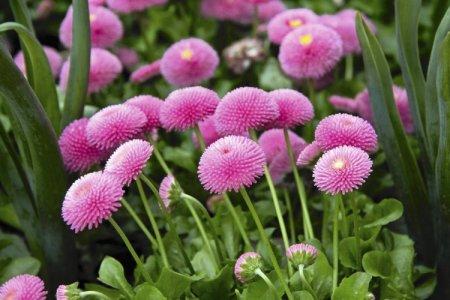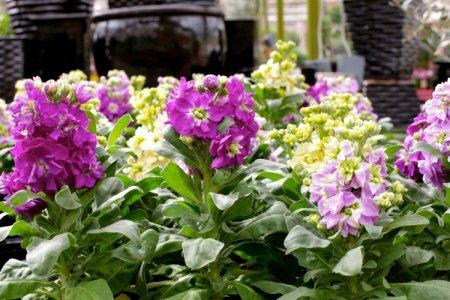
Well, who does not know the delicate and romantic flowers bells? They are very easy to distinguish by the shape of their buds and inflorescences, because the name speaks for itself. Bells can be found in the wild, but in the garden, they will be a great decoration of the site!
general information
Bells are a herbaceous plant with several hundred species. Most often they are found in meadows, in the steppe and in rocky areas. In addition, there are forest and desert varieties.
Delicate bell-shaped flowers are solitary, but more often they are collected in paniculate or racemose inflorescences. After them, boxes with seeds are formed. The stems are covered with neat thin leaves arranged alternately.

Types of bells
Among the countless varieties of bells, we have selected those that are most often grown in the garden. These are mainly white, blue and purple varieties!
Sprawling bell
One of the most popular species throughout Europe, both in the garden and in the natural environment. Flowers on long stalks form large loose panicle inflorescences.

Bored bell
Perennial up to 60 cm high with long lanceolate leaves and inconspicuous soft pile. Flowers on short pedicels are collected in dense apical inflorescences.

Broadleaf bell
Very tall, large-flowered species with shoots up to 1.5 m and buds up to 7 cm in length. They are still easily recognizable by the pointed petals with the tip bent outward.

Bologna bell
This category consists of medium and tall varieties up to 1.2 m in height. Stems with broad leaves are very weakly branched. Drooping flowers up to 2 cm in diameter form an apical raceme.

Round-leaved bell
A low-growing perennial that grows in loose groups up to 40 cm high. It grows well on dry sandstones. Most of the leaves die off before flowering.

Peach bell
Forest perennial up to 70 cm high with linear leaves that really resemble peach leaves a little. Funnel-shaped flowers are very large, up to 4 cm when opened.

Caring for bells
As in the natural environment, bells are quite unpretentious in the garden. It is enough to choose a variety taking into account the peculiarities of the regional climate, soil and landscape of your site.
Temperature and lighting
The vast majority of bells require a warm, open and light space. Do not plant them in the shade of trees or other bushes because they will not grow well.

Watering
Additional watering for bells is needed only in case of prolonged drought. Otherwise, an excess of moisture will lead to rotting of the root system and shoots. In summer, make sure that the soil has time to dry out, but does not dry out too much.

The soil
Choose loose soil, and be sure to dig up heavy soil with sand and humus in the fall. If the land is poor, add sod and fertilizer in the same way. We do not recommend using organic matter and peat in order to avoid fungus in the future.

Fertilizers and feeding
The first top dressing is applied at the very beginning of spring, when the snow has just begun to melt. These are nitrogen complexes for the growth and development of greenery. By the beginning of summer, mixtures for flowering plants are needed so that the buds are better tied.

What else do you need to know?
Tall varieties of bells are tied to a support so that they do not break from the wind and their weight. Blossoming can be prolonged by regularly removing faded buds. Remove the weeds periodically, especially until the bells are full.

Wintering
Perennial varieties can winter on the site. To do this, in the first half of autumn, cut off the entire ground part right at the ground. Sprinkle southern varieties with spruce branches or leaves, and tall ones - with peat or humus with a layer of about 20 cm.You can do nothing with annuals.

Planting and breeding
Annual bells are propagated only by seeds, but perennials can be cut and divided. With the exception of varieties with a taproot not intended for division. Vegetative propagation is good in that it fully preserves the characteristics of the mother plant, but with seeds there are surprises.
Bellflower seeds are sown directly into the ground in the fall before the onset of cold weather. They can also be planted in the spring, when they are gone, or germinated in containers under a film. Seedlings are transplanted into the garden only after the end of the frost and the formation of at least three full-fledged leaves.
It is better to divide the bushes in early autumn so that they have time to take root by winter. To do this, carefully dig out the mother bush, cut off the ground shoots and divide the rhizome into several parts with healthy buds. Plant them in places so that the bud is on the surface. And young healthy shoots can be cut and rooted in loose soil.
When planting bells in the ground, leave a sufficient distance between them. For low-growing varieties, this is 15 cm, and for high varieties, at least 40.

Bellflower pests and diseases
The most common bellflower diseases are rust and powdery mildew, which appear as red and whitish spots, respectively. You can't do without fungicides. Also, the plant suffers from root rot and black leg, but in this case, it is better to destroy diseased specimens immediately.
Bells are loved by garden aphids, from which even folk methods help well. For example, a soapy solution. But when slugs and pennies appear, we advise you to immediately switch to heavy artillery - professional insecticides.

Bells - photo
At first glance, the bells seem quite simple and even banal. But it is in the simplicity that their touching charm lies!



























